Creating your own flatbed trailer can be a rewarding project, whether you need it for personal use, business purposes, or simply for the joy of crafting. This extensive guide will walk you through the intricate process, ensuring you have a well-rounded understanding of construction, regulations, safety measures, and more.
Understanding Flatbed Trailers
Flatbed trailers are versatile pieces of equipment essential for transporting a variety of goods. They lack sides or a roof, allowing for easy loading and unloading of cargo. Common applications include transporting machinery, raw materials, and vehicles. Here’s a brief comparison of flatbed trailers with other types:
| Type of Trailer | Key Features | Best Use Cases |
|---|---|---|
| Flatbed | No sides or roof; open design | Heavy machinery, lumber, vehicles |
| Enclosed | Fully enclosed with walls | Sensitive goods, tools, equipment |
| Cargo/Utility | Low sides; often comes with ramps | Garden equipment, smaller loads |
| Gooseneck | Extended hitch; heavy-duty | Large loads; commercial use |
Understanding the unique characteristics of flatbed trailers helps determine their construction and use cases, making it essential for effective project planning.
Materials Required for Your Flatbed Trailer
Building your flatbed trailer requires a careful selection of materials. Below is a detailed breakdown:
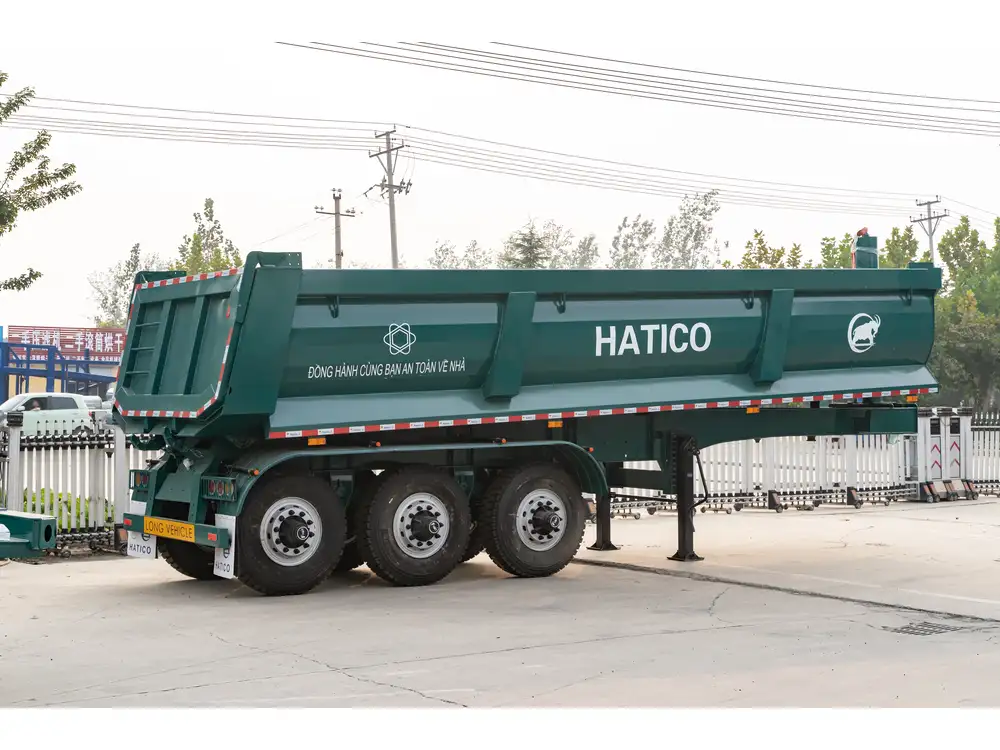
Main Materials
Frame:
- Steel: Preferred for its strength and durability.
- Aluminum: Lightweight alternative, though more expensive.
Decking:
- Wood (e.g., treated plywood): Cost-effective but requires regular maintenance.
- Metal (steel or aluminum): Durable and low-maintenance but can be heavy.
Axles:
- Single Axle or Dual Axle: Depending on the load capacity you require.
Wheels and Tires:
- Ensure they are rated for the weight you intend to haul.
Coupler and Hitch:
- Choose an appropriate coupler based on your towing vehicle.
Tail Lights and Wiring:
- Essential for safety and compliance.
Additional Supplies
- Paint or Sealant: For protecting your trailer from weather damage.
- Fasteners and Brackets: Heavy-duty fasteners will ensure longevity.
- Safety Equipment: Reflective tape, tie-downs, and wheel chocks are important for secure loading.
Preparing for the Build

1. Research Local Regulations
Before diving into the project, it’s crucial to familiarize yourself with local laws regarding trailer construction and operation. Here are the critical aspects:
- Weight Limits: Understand the maximum weight your flatbed trailer can legally carry.
- Braking Requirements: Many regions require trailers over a certain weight class to have brakes.
- Title and Registration: Check if you need to register your homemade trailer.
2. Design Your Trailer
Creating a design plan for your flatbed trailer helps clarify dimensions and specifications. Consider:
Dimensions
- Length: Standard lengths vary; common options are 12-30 feet.
- Width: Generally, the width is about 6-8 feet.
- Height: Ensure proper clearance for the hauling vehicle.

Weight Capacity
- Calculate the expected load to determine the appropriate material thickness and framing design.
3. Tools Needed
Ensure you are well-equipped to undertake your project. The following tools will be integral to your build:
| Tool | Function |
|---|---|
| Welder | For joining metal components |
| Grinder | To smooth metal edges |
| Drill | For creating holes in the trailer frame |
| Measuring Tape | For precise measurements |
| Socket Set | For securing bolts and nuts |
| Saw | For cutting wood or metal |
| Level | To ensure the trailer’s flatness |
Step-by-Step Construction Process
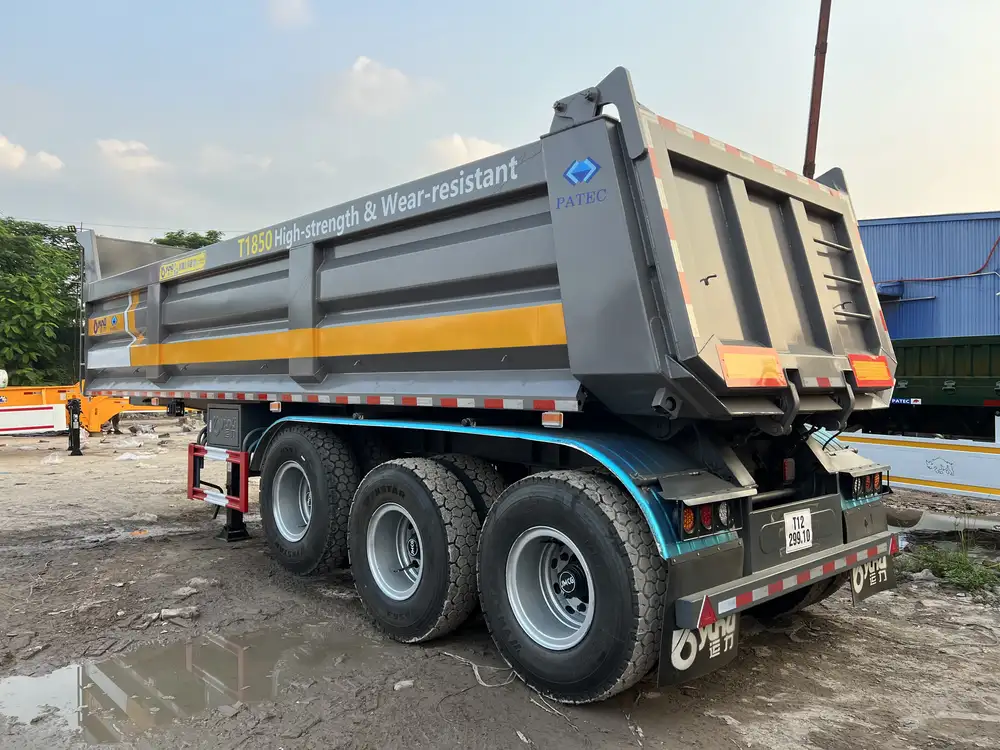
Step 1: Frame Construction
- Cut the Metal/Steel: Utilize the saw to create the frame according to your design.
- Assemble the Frame: Use your welder or bolting technique to join each piece, ensuring a square configuration.
- Reinforce the Frame: Add cross members to provide additional structural integrity.
Step 2: Creating the Deck
- Select Decking Material: Decide between wood or metal based on your earlier considerations.
- Measure and Cut Decking: Ensure it fits securely over your frame.
- Secure the Deck: Use screws or bolts, ensuring gaps for drainage if using wood.
Step 3: Attaching the Axles
- Position the Axles: Mark locations on the frame indicating where the axles will be attached.
- Secure the Axles: Use welding or heavy-duty brackets to firmly attach the axles.
- Check Alignment: Ensuring the axles are perpendicular to the tongue for smooth towing.
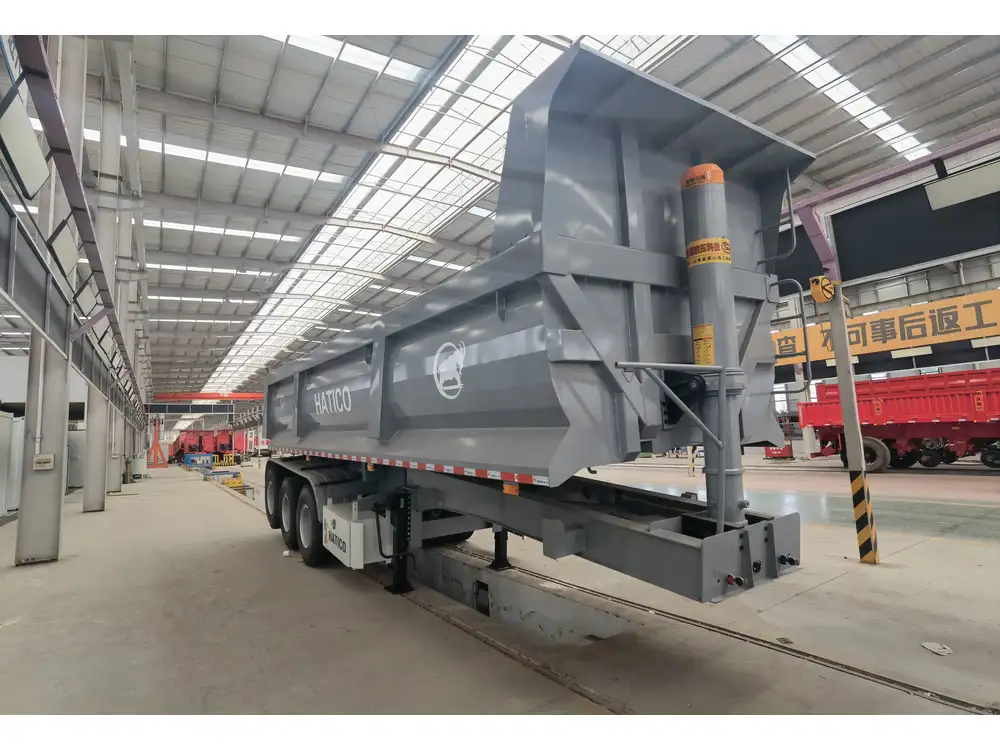
Step 4: Installing Wheels and Tires
- Mount the Wheels: Attach wheels securely to the axles.
- Check Tire Pressure: Ensure they are inflated to the recommended levels.
Step 5: Tail Lights and Electrical Wiring
- Mount Tail Lights: Follow the regulations to ensure visibility and compliance.
- Wiring: Connect the wiring to the tail lights, ensuring all connections are secure.
Step 6: Final Touches
- Paint: Apply rust-proof paint or sealant to protect against the elements.
- Install Coupler and Hitch: Ensure it is compatible with your towing vehicle.
- Safety Inspection: Conduct a thorough check of all components for safety compliance.

Safety Considerations When Using Your Flatbed Trailer
Once your flatbed trailer is complete, understanding safety considerations is paramount for both construction and operation:
Load Distribution
- Balance Your Load: Evenly distribute weight across the trailer to avoid tipping.
- Secure Your Load: Use tie-downs and straps to prevent cargo movement.
Maintenance
- Regular Inspections: Check tire pressure, brakes, and wiring regularly.
- Repair Damage Promptly: Address any structural or cosmetic damage ASAP.
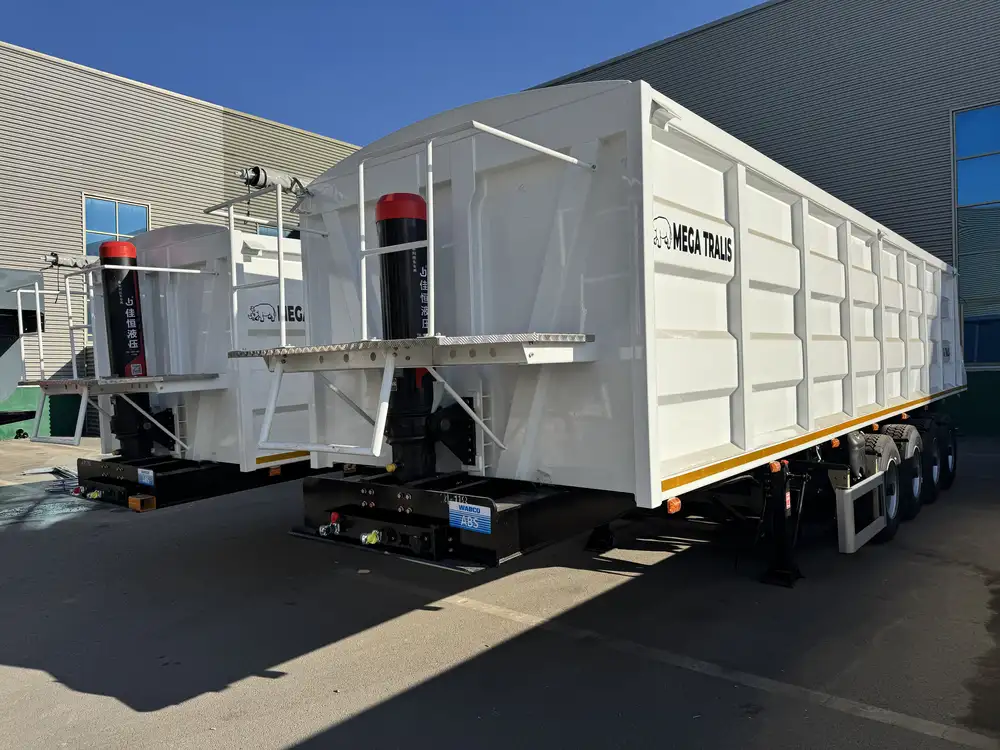
Towing Safety
- Check Towing Capacity: Ensure your vehicle can handle the trailer’s weight.
- Practice Maneuvering: Get accustomed to the trailer’s handling characteristics.
FAQs: Making Your Own Flatbed Trailer
How Much Does it Cost to Build a Flatbed Trailer?
Costs can vary widely depending on materials used, size, and tools already available. A budget of $1,000 to $3,000 is reasonable for a standard DIY flatbed trailer.

Can I Use a Flatbed Trailer for Heavy Loads?
Yes, flatbed trailers are designed for heavy loads, provided they are built with adequate support and materials. Always consider your trailer’s maximum load rating.
Is it Legal to Build My Own Flatbed Trailer?
Yes, it is legal to build your own trailer; however, be sure to check your local regulations regarding registration and safety standards.
Do I Need a Special License to Tow a Flatbed Trailer?
Most regions do not require a special license for towing a basic trailer, but it’s wise to check your local laws to confirm.
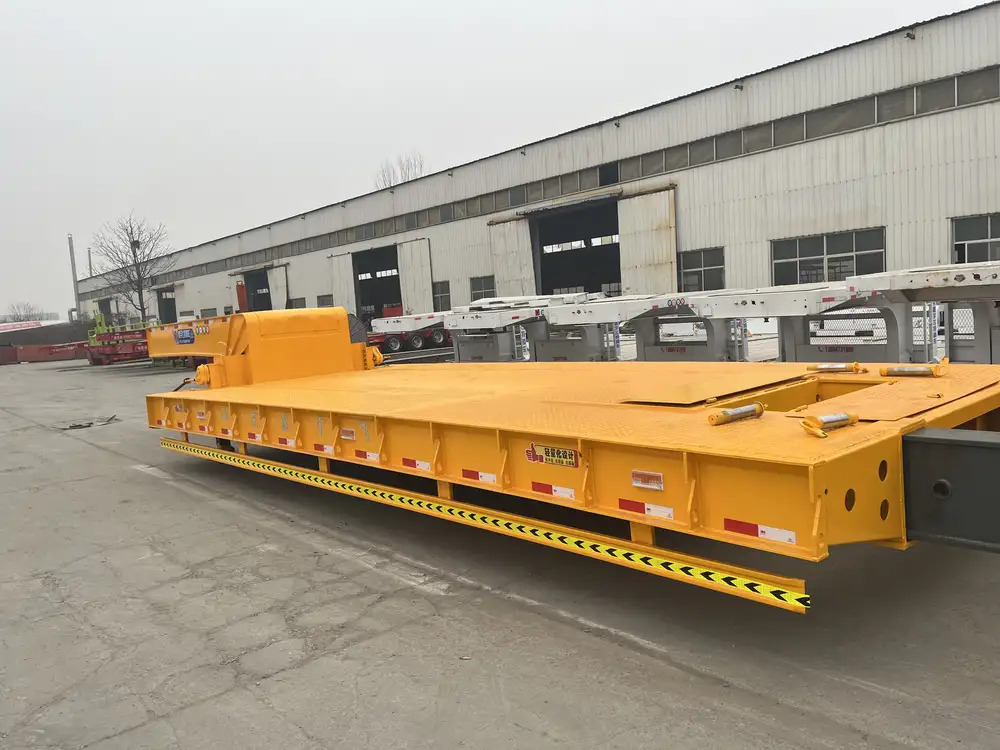
Conclusion
Building your own flatbed trailer involves understanding various aspects, from initial planning to construction and safety precautions. By adhering to the guidelines presented in this guide, you can create a durable and efficient trailer tailored to your specific needs. Remember, the key to success lies in careful planning, precise execution, and adherence to local regulations. May your flatbed trailer serve you well, whether on the job site or hauling personal goods!
Now, with your newly acquired knowledge, you are fully equipped to venture into the exciting world of trailer manufacturing, transforming an ambitious idea into a tangible reality!



